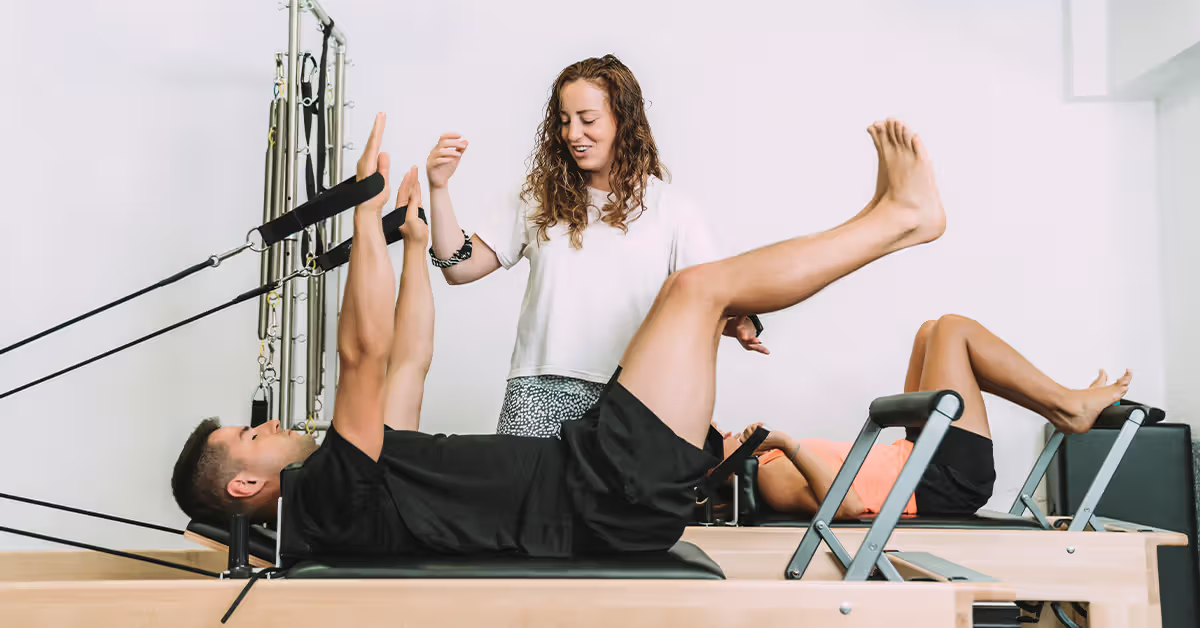
Pilates helps patients recover from injuries, manage chronic conditions, and improve physical function. The principles of Pilates, like core strengthening, postural alignment, and controlled movements, align with physiotherapy goals. Physiotherapists use Pilates exercises to target muscles, improve flexibility, and restore balance - essential for physical health and recovery.
A collection of frequently asked questions and answers, providing essential information on various topics.
Pilates helps patients recover from injuries, manage chronic conditions, and improve physical function. The principles of Pilates, like core strengthening, postural alignment, and controlled movements, align with physiotherapy goals.
Pilates is a low-impact strengthening regime that can aid rehabilitation. By focusing on core stability, muscle control, and body alignment, it can address the root causes of physical issues. Physiotherapists often incorporate Pilates into treatment to help patients regain mobility, improve posture, and prevent future injuries. The controlled movements and breath work can benefit those recovering from musculoskeletal, chronic pain, or neurological problems. The adaptable nature allows physiotherapists to tailor the exercises to each patient's needs, enabling a more holistic and effective recovery.
Some of the key conditions that Pilates can help treat in a physiotherapy setting include: - Low back pain - Neck and shoulder pain - Arthritis - Pelvic floor dysfunction - Neurological conditions By working closely with a physiotherapist, patients can incorporate Pilates into their treatment plan and experience the benefits of this holistic approach to recovery and management of various physical ailments.
Pilates physiotherapy offers a gentle yet effective rehabilitation approach. Treatment duration varies based on individual needs, injury type, and progress, typically lasting 6-12 weeks. The physiotherapist assesses abilities, injury extent, and goals, then develops a tailored programme. Session number depends on case complexity and recovery rate, influenced by injury severity, fitness, and commitment. Regular attendance and active participation are crucial for the best outcomes, leading to gradual improvements and more efficient recovery.
The common side effects of Pilates include: - Muscle soreness and fatigue - Joint pain and inflammation - Exacerbation of pre-existing injuries - Improper technique leading to further complications - Considerations for individuals with specific medical conditions By understanding these potential side effects, physiotherapy patients can work closely with their healthcare providers to minimise risks and maximise the benefits of incorporating Pilates into their treatment plan.
Before Pilates physiotherapy treatment, it's important to prepare yourself in the following ways: - Wear comfortable clothing - Hydrate properly - Arrive early - Communicate with your physiotherapist - Maintain an open mind By taking these preparatory steps, you'll be well on your way to a productive and beneficial Pilates physiotherapy experience.